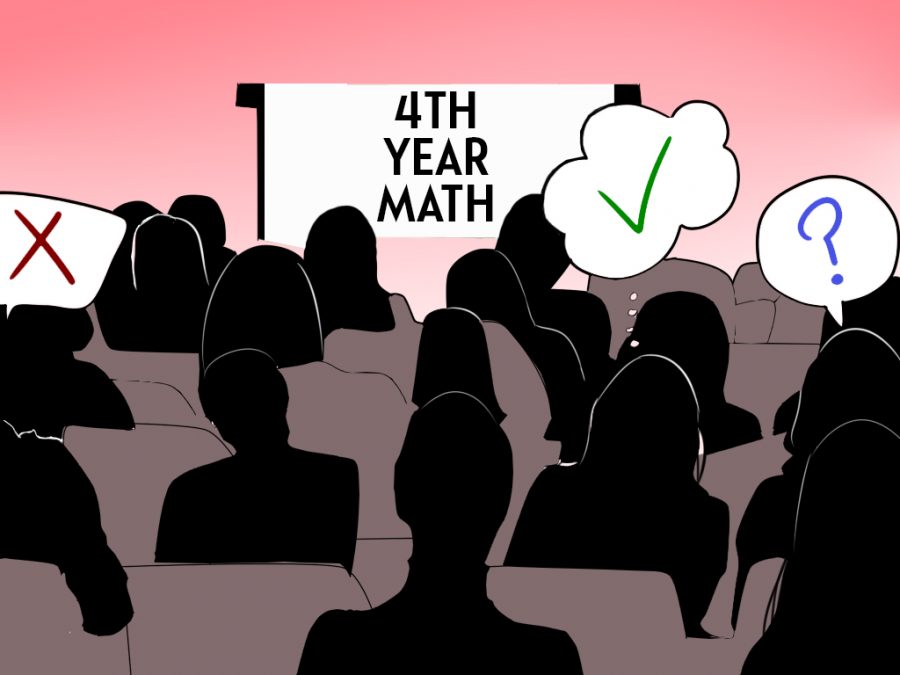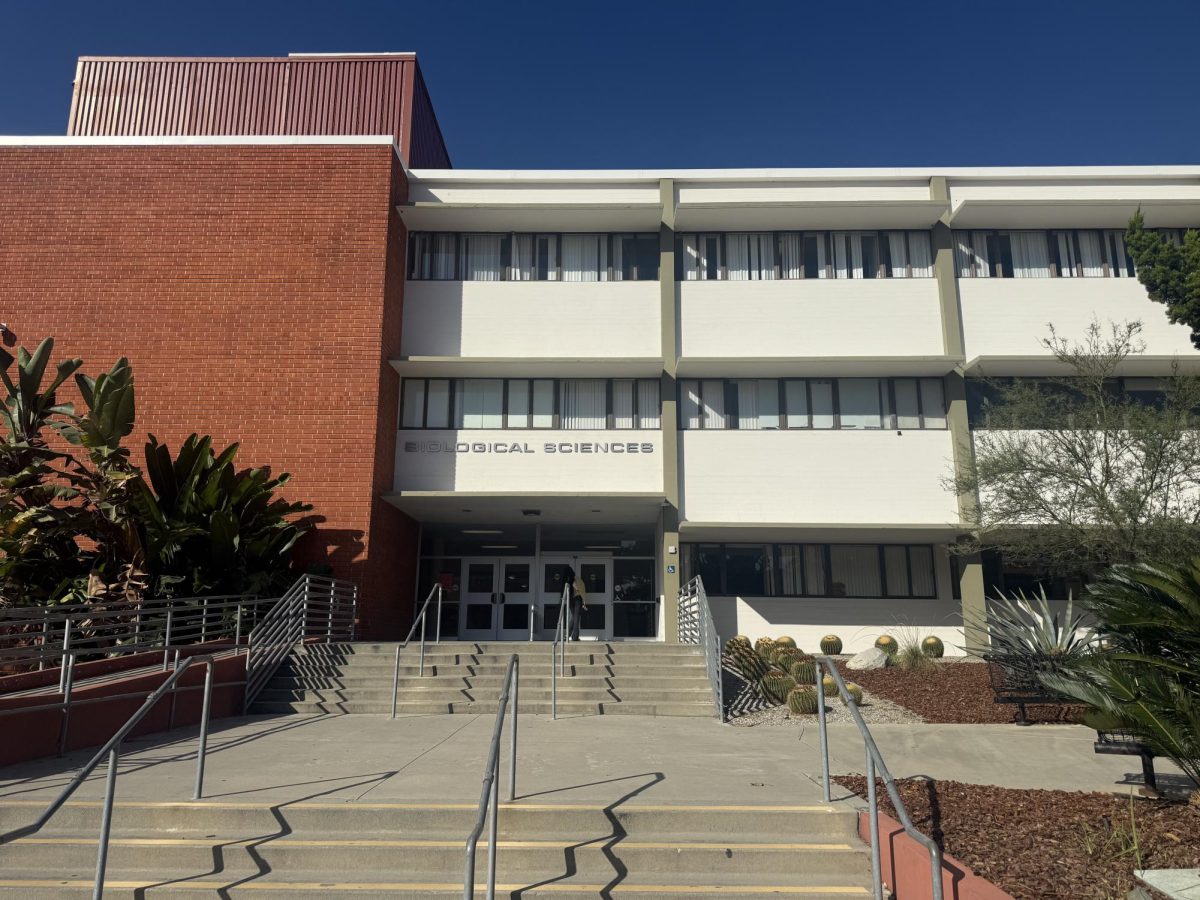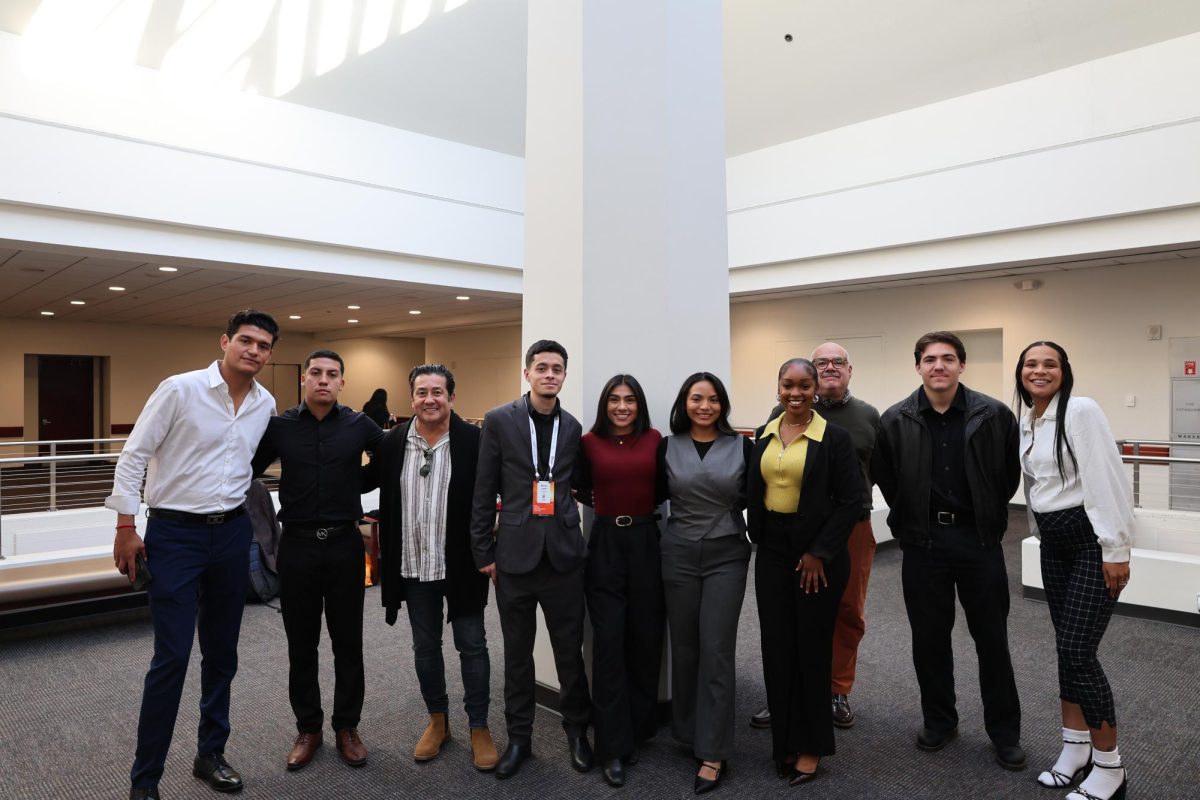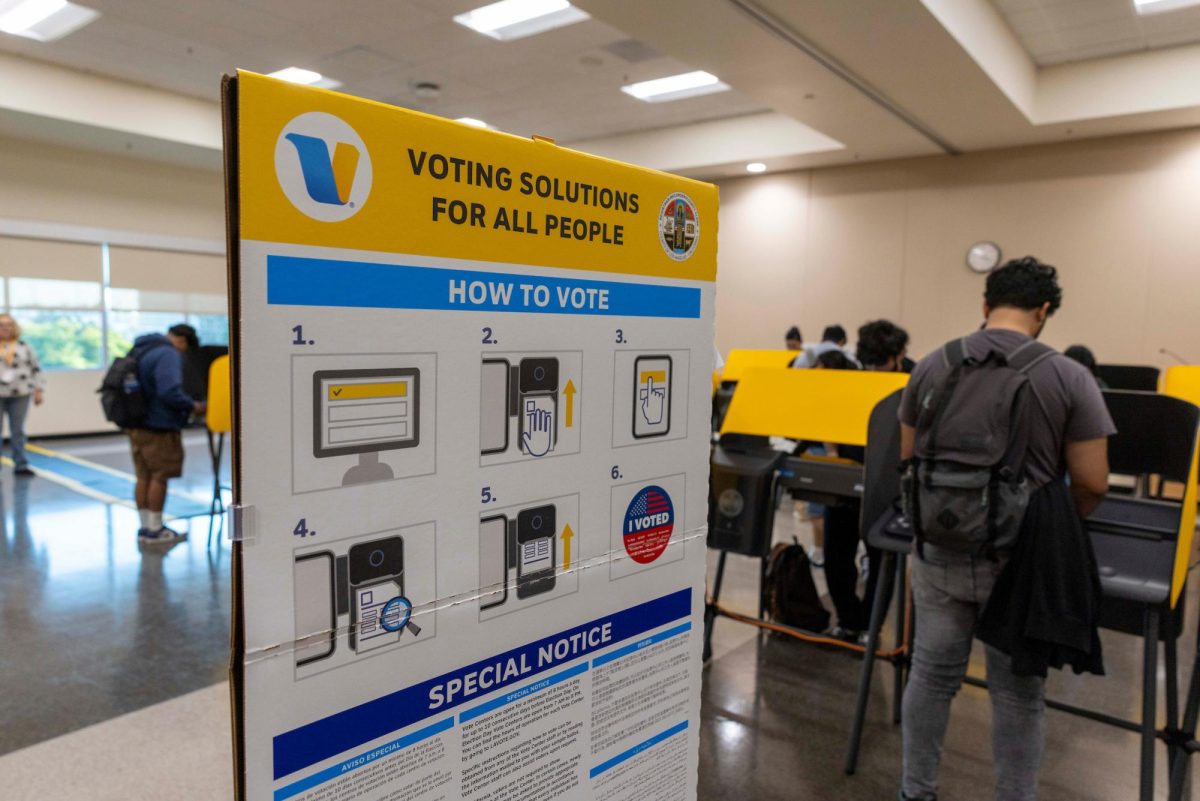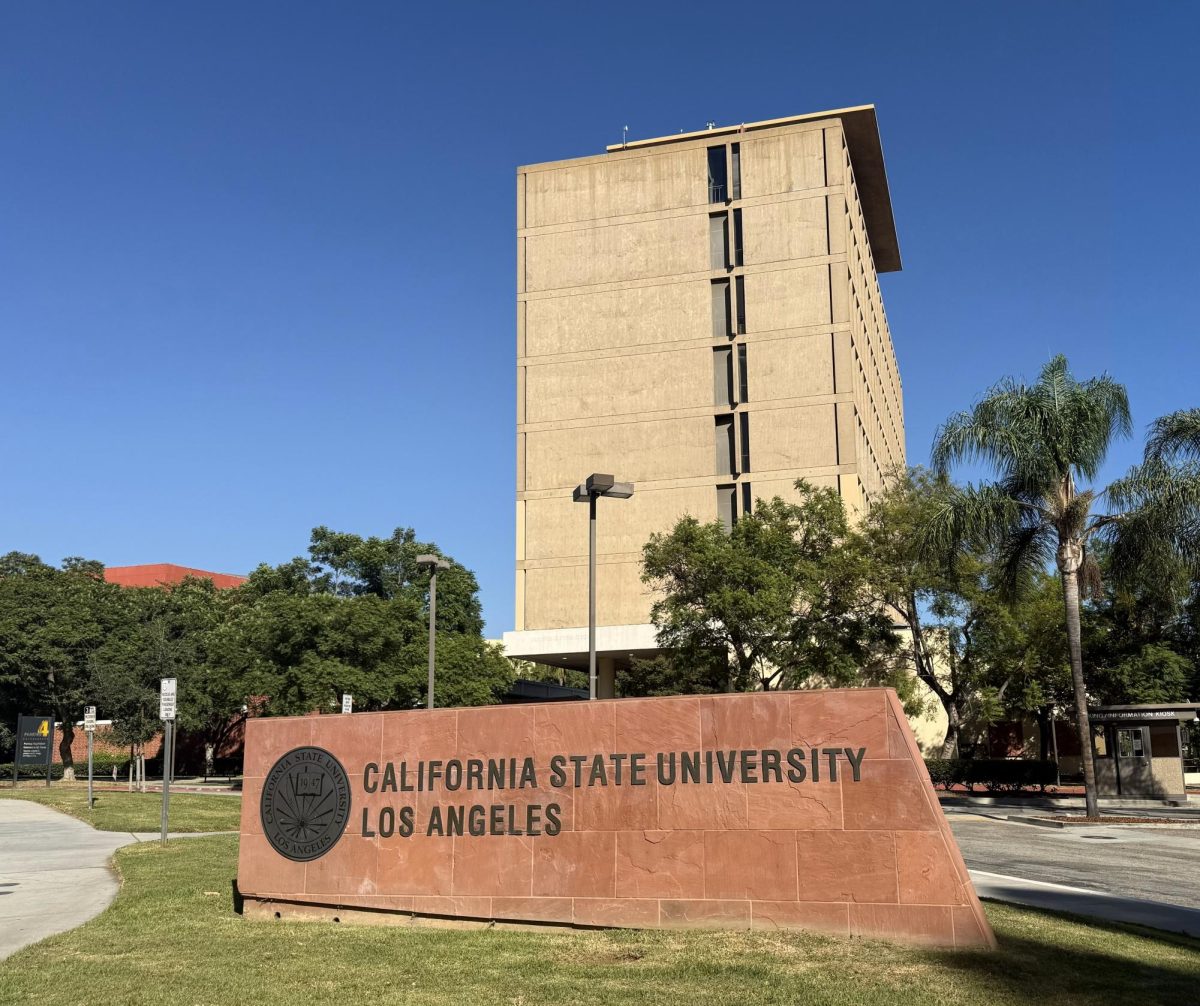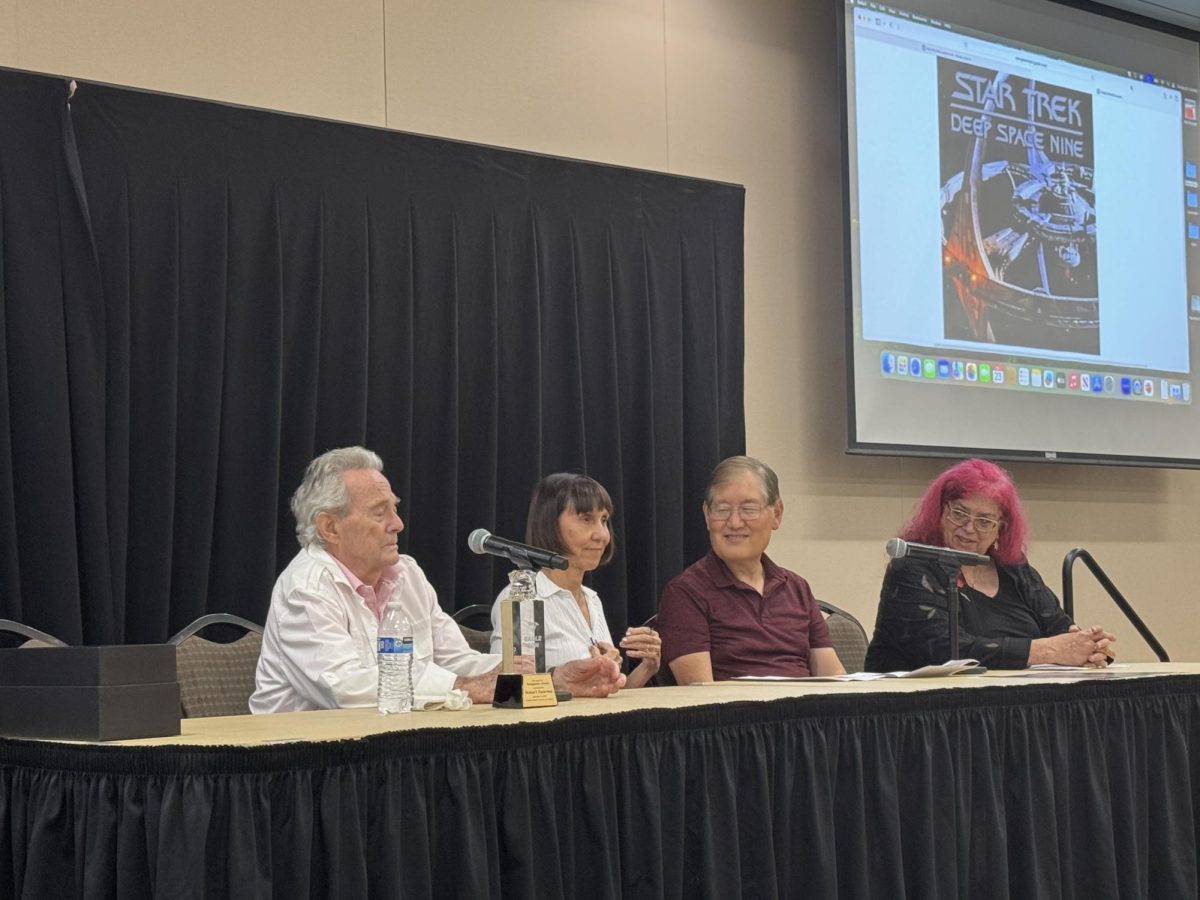A new proposal for CSU admission requirements ignited controversy, drawing opposition from multiple parties including ASI President Aaron Castaneda.
Castaneda proposed a letter of opposition in late September against the additional quantitative reasoning (QR) requirement for prospective CSU students at the recent Cal State Student Association (CSSA) plenary held at Cal State San Marcos.
The discussion of reviewing the CSU’s expectations for student proficiency in QR upon high school and college graduation first started in the 2015-16 term of the Academic Senate of the California State University. It was introduced as a point of discussion at the Board of Trustees meeting in July, and a special Board of Trustees meeting was convened in August. There was a formal proposal in September at the CSSA plenary, according to Castaneda.
A high school student would need to take this fourth-year QR class, which would be a G requirement through the A-G course requirements, but they would need to take their math or science classes first.
The student government on campus, as well as other CSU campuses, are speaking against this requirement for a variety of reasons.
“According to a recent study conducted, 60 percent of Black and Latinx students would be unable to meet the … requirement due to a variety of factors, such as socioeconomic status, background and resources, which puts minority groups at a [disadvantage],” said Castaneda.
Jorge Salazar, the current CSSA Alumni council liaison, asserted the QR requirement would make it harder to be admitted into a CSU school.
“I work at a high school that is in the Cal State LA Service and Admissions Area where I see my students struggle everyday to pass their math classes,” he wrote in an email. “If this were implemented at the high school I work at, then a majority of our students would be ineligible for the CSU.”
Castaneda is skeptical that this proposed requirement could be executed smoothly.
“Keep in mind, for the A-G requirements to be changed, it took 11 years, but for a rigorous change like this, I find it hard it to believe that it can actually be implemented successfully,” said Castaneda. “LAUSD’s Board of Education, which belongs to the second largest school district in the country, has voted against this requirement being implemented. I can’t see how this can be implemented in six years.”
Jacquelyn Acosta, the vice president for Academic Governance and Statewide Academic Liaison, stated, “Many questions asked about the requirements were not being answered and showed that it lacked thought, and that it was an unrealistic expectation that was set up. Although most people who [were] present at [the] public forum showed opposition, many faculty members are in favor of this requirement.”
According to Hazel Kelly, a CSU spokesperson, “This policy would affect the entering freshman class of 2026, who would need to complete four years of [QR] coursework by the end of their senior year in high school to meet CSU admission requirements.”
“The CSU would provide exemptions to those unable to fulfill the requirement due to lack of resources and/or course availability at their highschool,” she said in an email exchange.
The Long Beach Unified School District, where 70 percent of K-12 students are in poverty and 86 percent are non-white, increased the QR requirement six years ago to improve college readiness, and are now graduating and attending college at higher rates due to better QR preparation despite early opposition, according to Kelly.
The QR requirement is up for voting at the next Board of Trustees meetings on Nov. 19 and 20.
Castaneda added that the general campus population not involved with student government can still address this issue as well.
“Keep submitting letters to the Board of Trustees or the CSU office expressing their concerns about the requirement, and we encourage students who have opinions or comments as it will affect future generations.”

